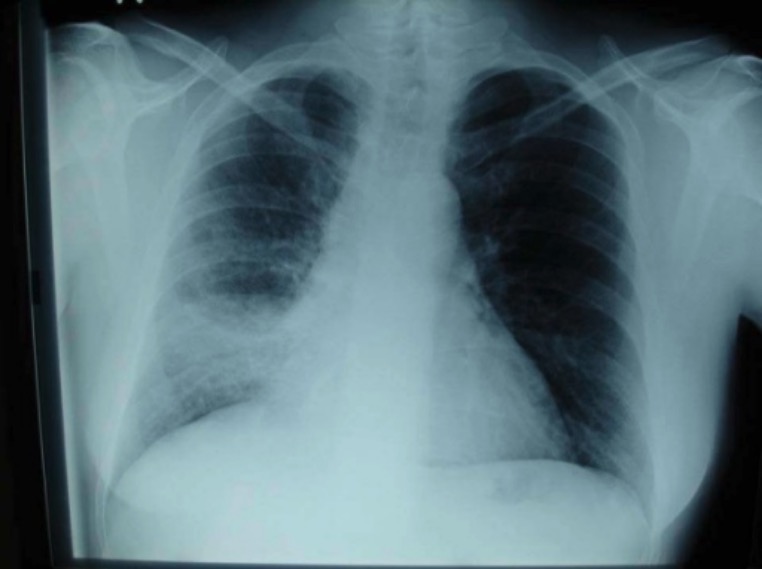Playlist
Show Playlist
Hide Playlist
Influenza Treatment – Antiviral Drugs
-
Slides Influenza Treatment Antiviral Drugs.pdf
-
Reference List Pharmacology.pdf
-
Download Lecture Overview
00:01 When discussing antiviral agents for influenza, there are two key classes to focus on: neuraminidase inhibitors and endonuclease inhibitors. 00:11 Neuraminidase inhibitors include Oseltamivir, zanamivir, and peramivir. 00:17 These drugs work by blocking the neuraminidase enzyme, which is essential for the release of new influenza viruses from infected cells, thereby preventing the virus from spreading within the body. Oseltamivir is taken orally, Zanamivir is inhaled, and Peramivir is administered intravenously. All three are effective against both influenza A and B, and they should be started within 48 hours of symptom onset for maximum effectiveness. 00:44 This lecture will discuss this class in further detail. 00:48 Baloxavir is an endonuclease inhibitor; it targets a different part of the viral replication process by inhibiting the viral cap-dependent endonuclease. This drug is also effective against both influenza A and B and should be used within 48 hours of symptom onset. 01:05 In summary, early administration of these antiviral agents is crucial for reducing the severity and duration of influenza symptoms, with each offering different modes of administration to suit patient needs. 01:19 For the purpose of providing a proper background, influenza viruses are part of the Orthomyxoviridae* family, a group of viruses responsible for causing influenza in humans and other animals. Within this family, the most prominent genera include Influenza A, B, and C viruses, each contributing to seasonal flu outbreaks. These viruses are uniquely structured with a segmented, single-stranded RNA genome. This genome is protected within a lipid bilayer membrane, which is the outer envelope of the virus. 01:52 Embedded in this envelope are two crucial glycoproteins: hemagglutinin (HA) and neuraminidase (NA). Hemagglutinin is responsible for the virus's ability to attach to host cells, initiating the infection process. On the other hand, neuraminidase plays a key role in the release of newly formed viral particles from infected cells, facilitating the spread of the virus within the host. The viral structure also includes other important components, such as the helical nucleocapsid that houses the viral RNA and nucleoprotein, the polymerase complex essential for viral replication, and the M2 protein, which functions as an ion channel during viral uncoating. Together, these elements enable the influenza virus to infect host cells, replicate, and propagate the infection, leading to the flu symptoms we commonly associate with this virus. 02:47 This slide visually represents the structure of the influenza virus, highlighting these critical components and their roles in the viral life cycle. 02:55 Understanding this structure is essential for grasping how antiviral drugs target the virus and prevent it from spreading.” Let's explore the process of influenza virus replication as illustrated by the image on the slide, which details the seven key steps involved. 03:12 In step 1, the replication process begins when the influenza virus attaches itself to a host cell. The viral hemagglutinin (HA) spikes bind specifically to sialic acid-containing receptors on the surface of respiratory epithelial cells, initiating the infection. 03:31 In step 2, following attachment, the virus is internalized into the host cell through a process known as receptor-mediated endocytosis. This allows the virus to enter the cell's interior. 03:43 In step 3, once inside the cell, the viral M2 protein acts as an ion channel, allowing hydrogen ions (H+) to enter. This influx of ions leads to the acidification of the viral particle, causing the virus to uncoat and release its viral RNA (vRNA) into the cytoplasm of the host cell. 04:03 In step 4, the viral RNA is then transported into the nucleus of the host cell, where it serves as a template for replication and the synthesis of viral messenger RNA (mRNA). This critical step is carried out by the viral RNA polymerase complex. 04:20 In step 5, the mRNA produced in the nucleus is exported to the cytoplasm, where it is translated into new viral proteins by the host cell's ribosomes and other cellular machinery. 04:32 In step 6, these newly synthesized viral proteins and replicated RNA segments are then transported to the cell surface, where they are assembled into new viral particles, or virions. 04:44 In step 7, the final step, the new virions bud off from the surface of the respiratory epithelial cells. 04:51 Hemagglutinin again plays a role by interacting with sialic acid-containing receptors. 04:56 Neuraminidase then cleaves these sialic acid residues, releasing the new virions from the cell, allowing them to infect other nearby cells. Neuraminidase inhibitors work by blocking this cleavage, preventing the release of new viral particles and thus limiting the spread of the virus? This table provides a comprehensive look at the four primary antiviral agents used to treat and prevent influenza in adults, emphasizing that all of these agents are effective against both Influenza A and B and that they should be initiated within 48 hours of symptom onset to achieve the best outcomes. 05:32 The first 3 agents are Neuraminidase Inhibitors and the 4th one, baloxavir, is an endonuclease inhibitor. 05:40 Oseltamivir (Tamiflu) is the preferred antiviral agent. It should be dose-adjusted in severe renal impairment. Zanamivir (Relenza) is administered as an inhalation powder, making it unique among the antivirals listed. It is not recommended for patients with a history of wheezing or asthma/COPD due to the risk of bronchospasm. Peramivir is administered intravenously, which may be particularly useful for hospitalized patients or those who cannot take oral or inhaled medications. It requires dose adjustment in renal impairment. Baloxavir is another effective option, particularly for those who need a single-dose treatment but should be avoided in pregnancy, lactation, and severe renal impairment. There are concerns about resistance after just one dose. 06:30 It's important to assess the risk of oseltamivir-resistant influenza before selecting an antiviral agent, based on regional surveillance data and CDC recommendations. Resistance to oseltamivir (Tamiflu) is relatively uncommon but varies by influenza strain and patient population. 06:51 In cases of influenza complicated by pneumonia, especially in patients with respiratory failure or hemodynamic instability, empiric antibacterial treatment should be added to the antiviral regimen. 07:03 Despite the availability of these antiviral drugs, vaccination remains the most effective tool for influenza prevention. Antivirals are adjuncts and should not replace vaccinations. 07:17 It is recommended that you pause the video to review the key elements presented in the table.
About the Lecture
The lecture Influenza Treatment – Antiviral Drugs by Pravin Shukle, MD is from the course Antimicrobial Pharmacology. It contains the following chapters:
- RNA Polymerase Agents
- Vidarabine & Fomivirsen
Included Quiz Questions
Which is inhibited by zanamivir?
- Viral release
- Penetration
- Uncoating
- Early protein synthesis
- Nucleic acid synthesis
Customer reviews
5,0 of 5 stars
| 5 Stars |
|
5 |
| 4 Stars |
|
0 |
| 3 Stars |
|
0 |
| 2 Stars |
|
0 |
| 1 Star |
|
0 |





